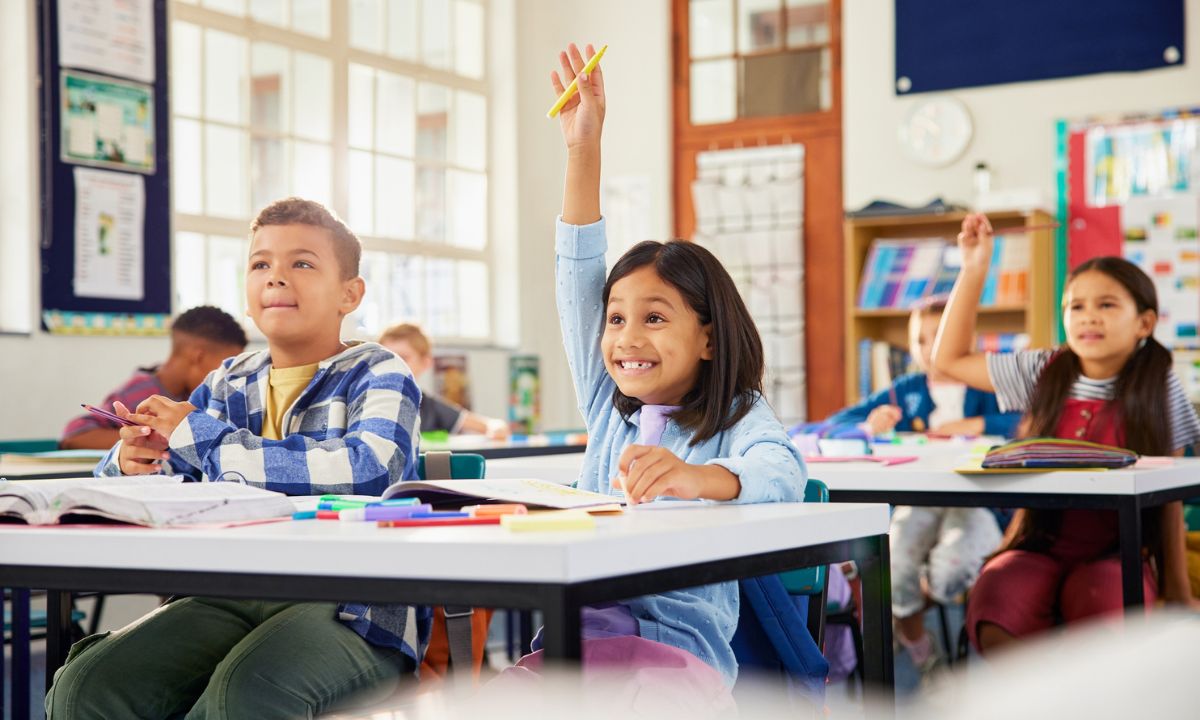It urged: “The pandemic and the ensuing harm to academic progress for a vast swath of America’s students should force a broader reckoning with public education’s underlying systemic failure. In the current system, labeling some students as ‘exceptional’ implies that most students are not, shunts students with the greatest needs into silos where they are denied opportunities to excel, and places a counterproductive stigma on targeted support that many students require to address gaps in their learning.”
Instead, if educators start designing education for students on the margins — the special populations who were disproportionately harmed by the pandemic — all students will benefit.
Children vary in how they engage, make meaning of content and communicate their thinking. Because learner variability is the norm, educators need to start designing for it. What would that look like?
To start, instructional materials would be much more varied and accessible: print, digital, text-to-speech or audiobooks. Students would choose which they would use, and they could count on regular feedback about their work.
Next, educators would clearly identify a learning goal (i.e. finding the theme of a text or the causes of the Civil War) and design curriculum and instruction to give students options for reaching that goal in multiple ways. For example, educators might use tools like word webs to help students draw on their prior knowledge; employ templates, graphic organizers and concept maps to aid them in taking notes; and design methods for assisting students in tracking their progress and understanding which tools and methods work best for them.
Scenarios such as these reflect the principles of Universal Design for Learning, a framework for improving teaching and learning based on scientific insights. My organization, CAST, pioneered this approach in the 1980s and since has helped to spread it worldwide. Our guidelines set forth a roadmap to help educators, curriculum developers and others design for inclusion and reduce barriers to learning.
Personalized instruction like this already is happening in some places.
- Over the past seven years, CAST has trained more than 1,500 New Hampshire educators across 140 schools in Universal Design for Learning. Partnering with the state Department of Education, this multi-year initiative aims to transform teaching and learning across the state. Through a variety of techniques, including online learning and statewide workshops, educators worked to increase access and give students more power to direct their own learning by trying different methods and tools. Results are encouraging. Fifty-five percent of participants who responded to a 2022 survey reported that students have become more goal-directed, 47% noted an increase in students’ resourcefulness and 43% reported that their students were more motivated than they were before the teachers engaged in the training.
- Over the past six years, CAST has worked with California educators in 23 counties and 170 districts. We are equipping teachers and paraeducators with tools and strategies to give students with disabilities access to grade-level content standards in inclusive classrooms. Of teachers participating in a survey for evaluating the program, 57% reported increased observations of student motivation, engagement and ownership over their learning, and 70% reported higher inclusion rates of students with disabilities in general education classrooms than before they began using the design principles.
Making examples like these more of the norm will require overcoming inertia and resistance, including from traditional schools of education, which continue to have separate tracks for general and special education teachers. General education graduates of these programs are placed in untenable positions and, without the training or experience to do so, are told to deal with growing numbers of students who have individualized education plans.
The emergence of artificial intelligence in schools can help, not just in aiding teachers with paperwork and other administrative tasks, but in customizing instruction and providing immediate feedback. When AI gathers, analyzes and reports data, teachers can spend more time planning engaging and relevant lessons and working directly with students to target instruction to their individual needs.
Children with disabilities will continue to receive services for their needs under the Individuals with Disabilities in Education Act, but when educators personalize learning for all, those special education services won’t create the segregation that occurs today. When teachers more routinely meet students where they are, all children will benefit, perhaps in unexpected ways. For example, many technologies designed for one population have now become ubiquitous, helping everyone. Think closed-captioned subtitles on videos or speech-to-text conversions on cellphones. Those with low vision, dyslexia or who are deaf and hard of hearing may have been the first beneficiaries of these innovations, but they are hardly the only ones these days.
Imagine a similar approach in education. Design for the margins. Impact the world.
